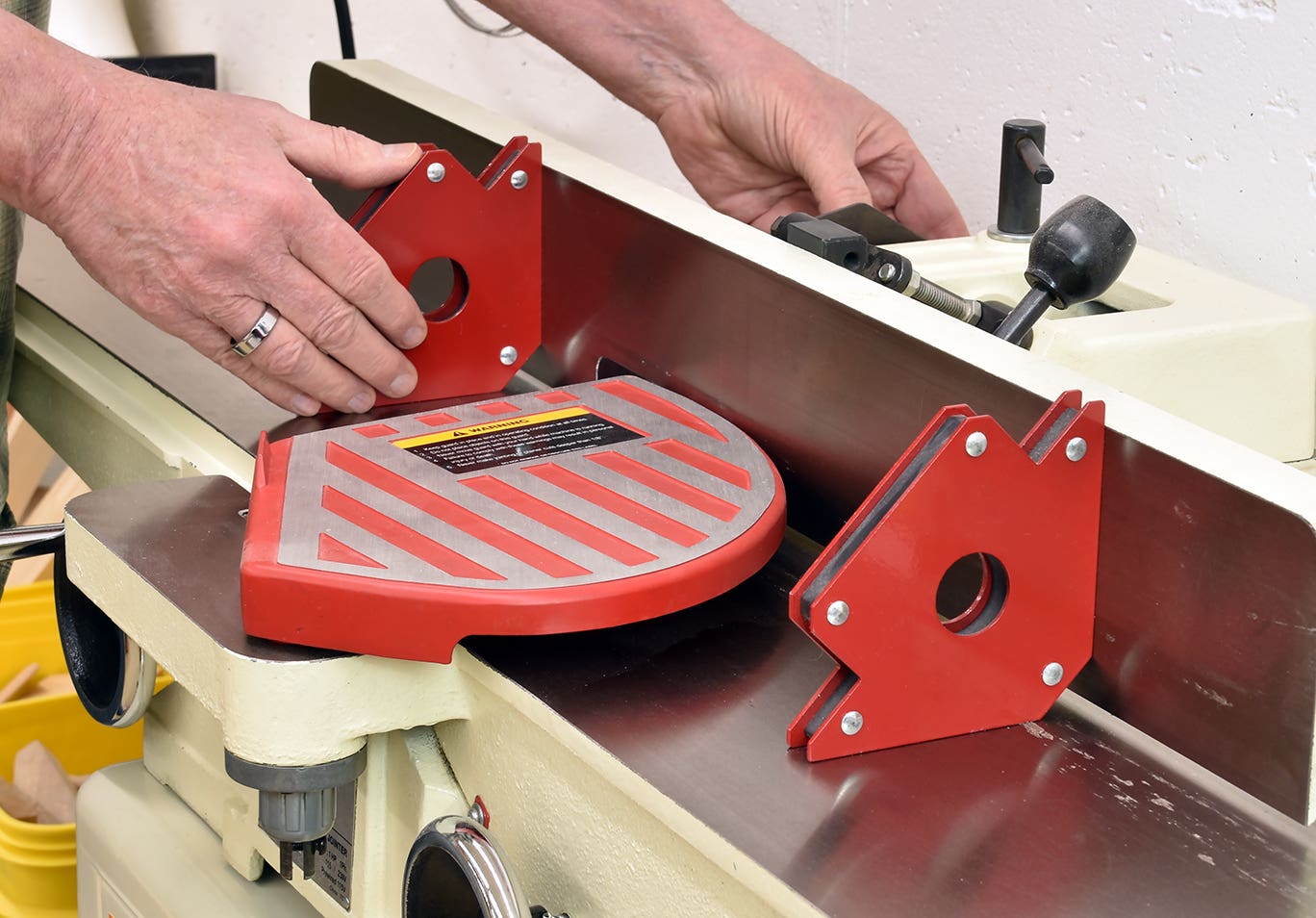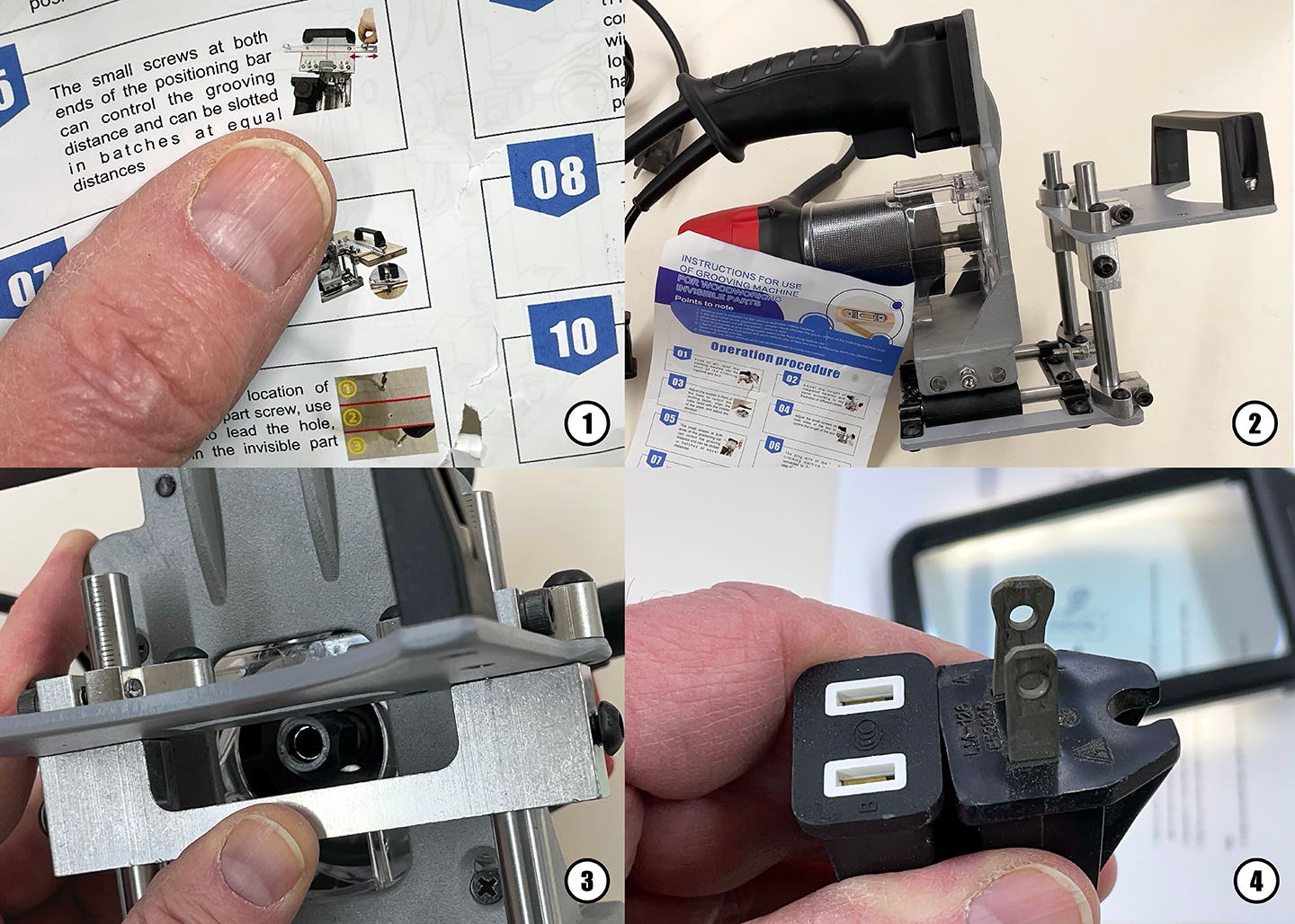VOC measurements can make your head hurt
In the August issue of Woodshop News, I wrote about complying with various governmental regulations, including the difficulty determining the amount of VOC solvent you can legally exhaust [Regulation roulette,…
In the August issue of Woodshop News, I wrote about complying with various governmental regulations, including the difficulty determining the amount of VOC solvent you can legally exhaust [Regulation roulette, Page 31]. But learning the limits is not the whole story. You also have to figure out how much VOC you are actually emitting.
But first, let’s define VOC, or “volatile organic compound,” because there are actually two uses of this term. VOC should mean any organic compound that evaporates (defined as containing carbon, so water isn’t a VOC). So this would include every solvent contained in the finishes you use.
But this isn’t the way the term is commonly used. VOC is usually defined to indicate only the compounds, or solvents, that participate in photochemical (smog-forming) reactions. Some of the solvents in your finishes might be “exempt,” meaning they don’t count as VOCs even though they are volatile, organic and compounds.
Acetone is by far the most common exempt VOC. Many manufacturers supply VOC-compliant coatings or thinners that contain a lot of acetone. Some even sell you straight acetone under a name that makes you think they’ve come up with something special.
The critical thing to remember about acetone is that it evaporates very rapidly, faster than any other common solvent available to us, whether sold separately or included in a mixture such as lacquer thinner. This rapid evaporation will have a big impact on the drying of your finish.
Simple VOC estimating
A coating — whether paint, finish, stain or glaze — contains resins (binders), solvents and sometimes pigments. Pigments don’t have to be colored. Flattening agents, for example, are pigments.
A coating can also contain additives such as plasticizers or mildewcides that don’t fit easily into the above categories. But additives are included in such small amounts that they would have only a minuscule impact on your measurements anyway.
With this general introduction, the easy way to estimate your VOC emissions is to multiply the pounds per gallon of VOC listed on material safety data sheets supplied by manufacturers times the number of gallons you use over any time period (day, month, year).
It’s very simple. Fortunately, most manufacturers provide the VOC pounds-per-gallon number.
However, rules vary in various locations defining which solvents are exempt or how you are supposed to measure the VOC content. There are, for example, at least five methods of measuring VOC content including boiling off the solvents to see what is left. So some manufacturers won’t give you a number unless they know where you live.
Without the VOC content supplied by the manufacturer, how do you then proceed? How do you figure the VOC content of the products you use?
Weight and volume
Before you get into estimating your VOC emissions, you need to understand the difference between weight and volume because some manufacturers provide only percent by volume and you need percent by weight.
When you buy a gallon of finish, you’re buying volume. But when the manufacturer adds ingredients to make that gallon, it does so using the weight of each ingredient. Solids in a coating generally weigh more than solvents, so figuring the percent VOC by volume will likely lead to a higher number than if you figure by weight. VOCs take up a larger percentage of the volume than they do of the weight.
Also, state environmental quality departments are interested only in the weight of the VOCs you are exhausting.
More complex estimating
So in the event the manufacturer doesn’t provide the total weight of VOC solvents, here’s how to go about determining it yourself:
Manufacturers are required to provide you with an MSDS listing solvents, their toxicity, and also the percentage contained in the product. If the MSDS isn’t provided with the product, you should be able to find it on the manufacturer’s website.
The percentage of the solvents should be listed as weight. If by volume, call the manufacturer for the weight percentages. If, for some strange reason, the manufacturer refuses to give you the weights, consider switching brands. It’s possible to figure from volumes, but why buy from such an unfriendly company?
For each solvent considered a VOC (meaning, for practical purposes, everything except acetone), multiply the percent VOC by weight times the density of the entire coating (lbs./gallon). Be sure to divide the VOC percentage by 100 so you come up with a decimal fraction less than one.
For example:
Twelve percent methyl n-amyl ketone/100 equals .12. Multiply this times the density (weight) of the gallon of product (.12 x 7.34 lbs. = .88 lbs/gallon). This gallon of finish contains .88 lbs. of methyl n-amyl ketone.
Figure for each VOC solvent, add them together and you have the total weight of VOCs you’re emitting from that gallon.
If the percentages for solvents are given as a range, use the higher number.
If you find a situation where the density (weight) of a gallon isn’t given, the specific gravity should be. To find the density, multiply the specific gravity times 8.34 (the specific density of water). This will give you the density of the product.
Once you have the VOC content in pounds per gallon, multiply this number by the number of gallons you use over any given time period. This will give you the pounds of VOCs you are emitting.
Don’t forget thinner
If you thin your finishes, or if you use a lot of thinner for clean up, you need to include the thinner’s VOC content as well. In practice, this is usually the entire weight of the gallon minus the weight of acetone, if it is included.
But it could be that the manufacturer has included other exempt solvents as well, so it is a good idea to look at the thinner’s data sheet or MSDS to find out.
HAPs
You might also be required to calculate the amount of HAPs (hazardous air pollutants) you are emitting. You do this the same as you do VOCs, keeping in mind that the results might not be the same.
Multiply the weight percentage of HAPs provided by the manufacturer times the density (lbs./gallon) to determine the weight of HAPs per gallon. Then multiply the weight per gallon times the number of gallons you use in any given time period.
If the manufacturer lists only the percentages of individual HAPs, figure the total the same way you figure the total VOCs from individual weight percentages.
Bob Flexner is author of “Understanding Wood Finishing” and “Flexner on Finishing.”
This article originally appeared in the September 2011 issue.







